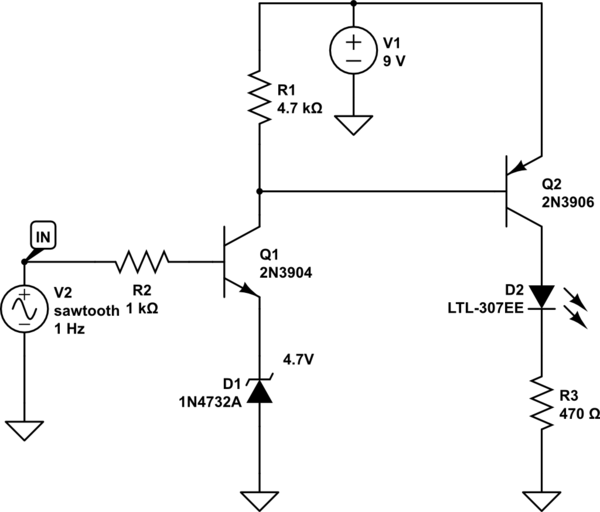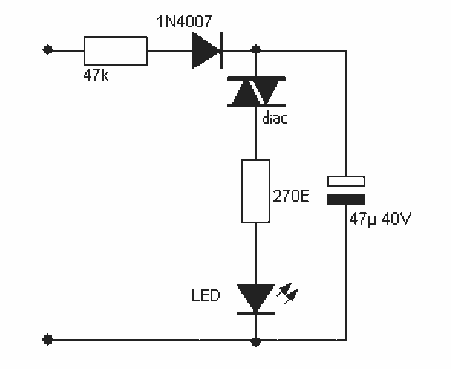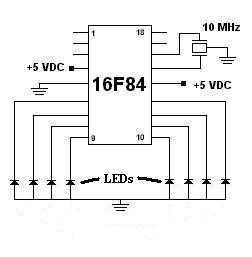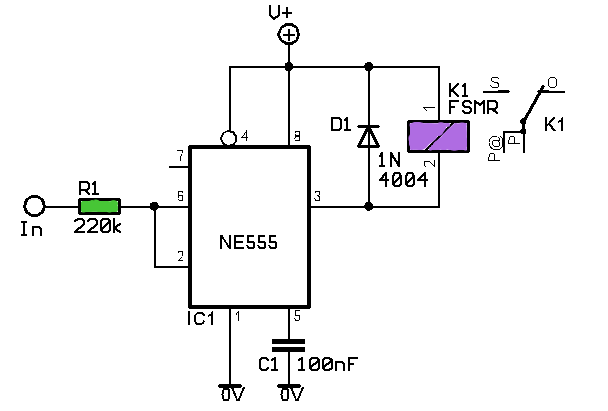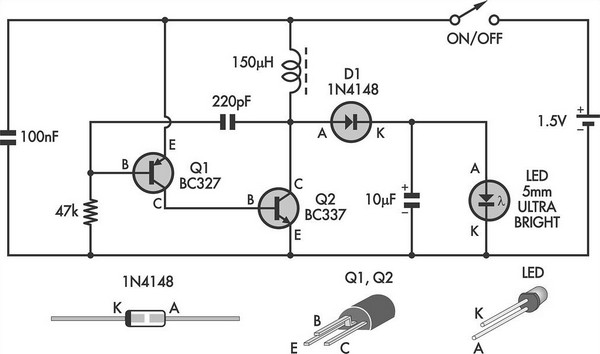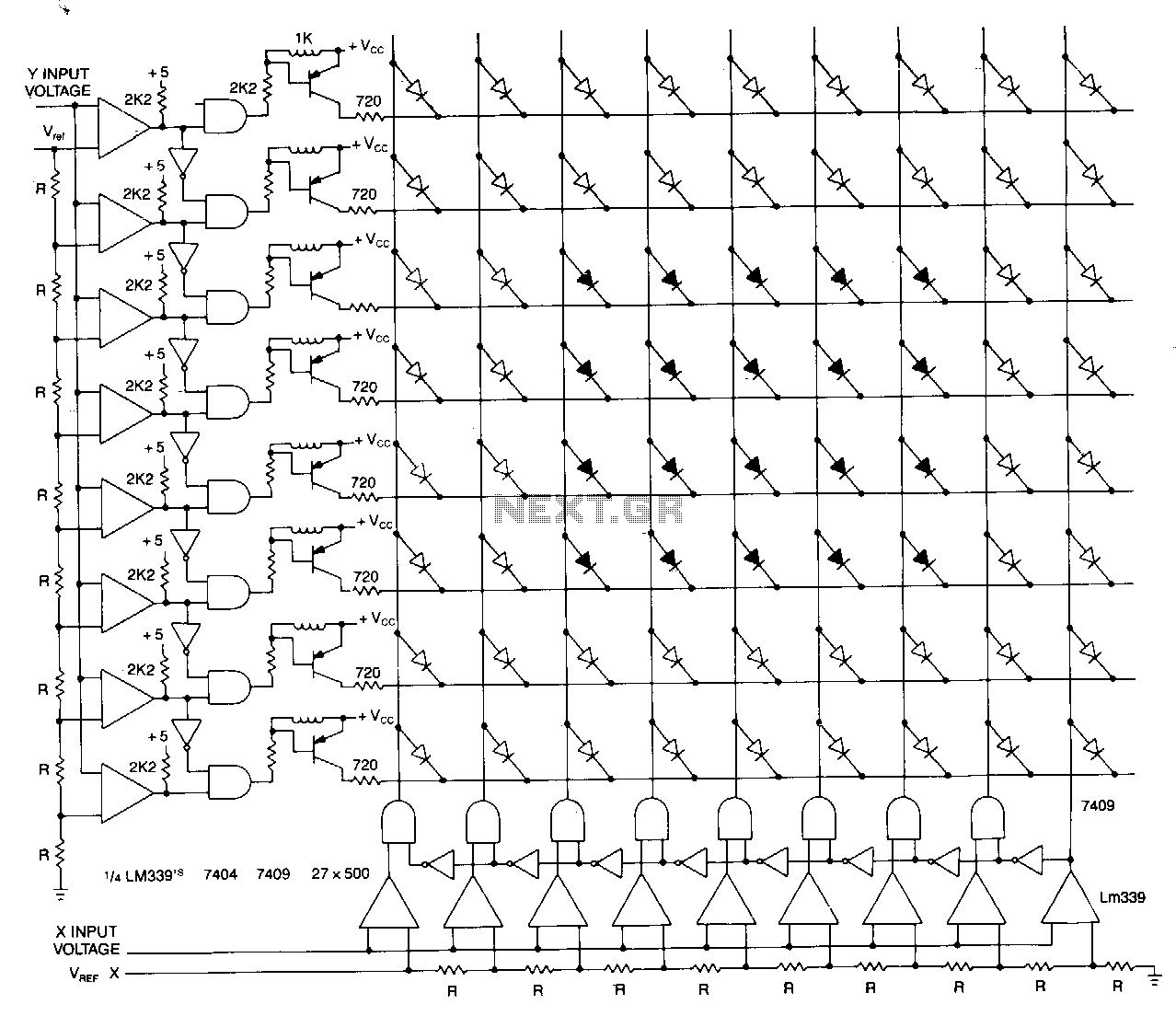
Accelerometercontrolled LED Bike Helmet
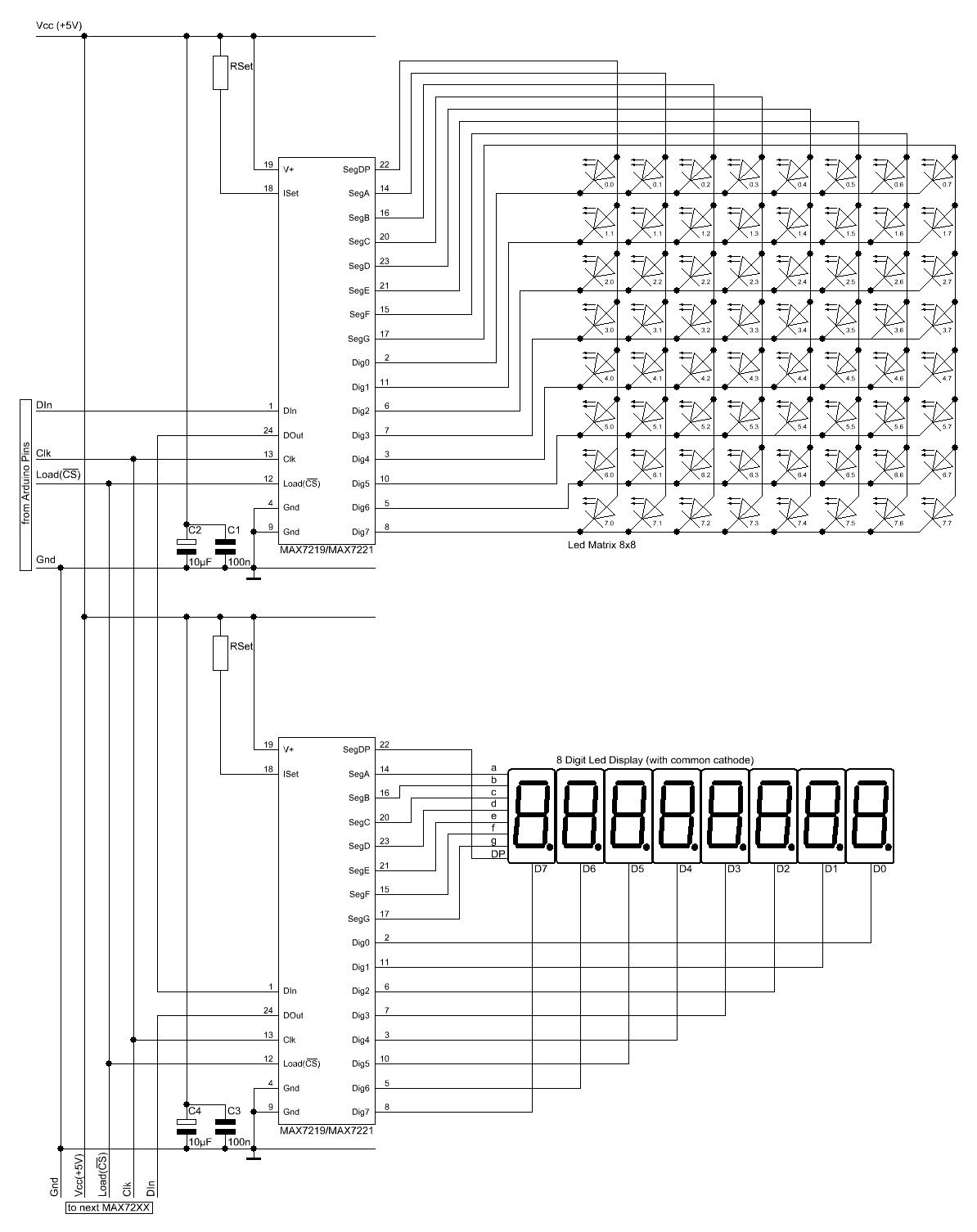
The Arduino website provides comprehensive documentation on connecting LEDs to the Arduino using the MAX7221. A specific set of components is required for this setup.
The MAX7221 is a versatile LED driver that enables the control of multiple LEDs through a microcontroller like the Arduino. This IC can drive up to 64 individual LEDs or 8 seven-segment displays with a simple serial interface, making it ideal for projects requiring extensive LED control with minimal GPIO pin usage.
To connect LEDs to the Arduino via the MAX7221, the following components are typically required:
1. **Arduino Board**: Any compatible Arduino board such as the Arduino Uno, Mega, or Nano.
2. **MAX7221 IC**: This chip serves as the LED driver and is responsible for managing the LED outputs.
3. **LEDs**: Depending on the application, various types of LEDs can be used, including standard, RGB, or seven-segment displays.
4. **Resistors**: Current-limiting resistors are necessary to prevent excessive current from damaging the LEDs. The value of the resistors will depend on the specifications of the LEDs being used.
5. **Power Supply**: A suitable power supply is needed to power the Arduino and the MAX7221, ensuring that the voltage levels are appropriate for the components in use.
6. **Breadboard and Jumper Wires**: For prototyping the circuit, a breadboard and jumper wires will facilitate easy connections between the components.
The connection process involves wiring the MAX7221 to the Arduino using the SPI interface, which typically includes connecting the CS (Chip Select), CLK (Clock), and DIN (Data In) pins. The MAX7221 also requires power and ground connections. The Arduino will send commands to the MAX7221 to control the state of each LED, allowing for complex lighting patterns and effects.
In conclusion, utilizing the MAX7221 with an Arduino provides a powerful method for managing multiple LEDs efficiently, enhancing the capabilities of various electronic projects. The documentation on the Arduino website serves as a valuable resource for understanding the setup and programming required to implement this configuration effectively.The Arduino site has thorough documentation on how to connect LEDS to the Arduino via the Max7221. For this, you will need this subset of ingredients.. 🔗 External reference
The MAX7221 is a versatile LED driver that enables the control of multiple LEDs through a microcontroller like the Arduino. This IC can drive up to 64 individual LEDs or 8 seven-segment displays with a simple serial interface, making it ideal for projects requiring extensive LED control with minimal GPIO pin usage.
To connect LEDs to the Arduino via the MAX7221, the following components are typically required:
1. **Arduino Board**: Any compatible Arduino board such as the Arduino Uno, Mega, or Nano.
2. **MAX7221 IC**: This chip serves as the LED driver and is responsible for managing the LED outputs.
3. **LEDs**: Depending on the application, various types of LEDs can be used, including standard, RGB, or seven-segment displays.
4. **Resistors**: Current-limiting resistors are necessary to prevent excessive current from damaging the LEDs. The value of the resistors will depend on the specifications of the LEDs being used.
5. **Power Supply**: A suitable power supply is needed to power the Arduino and the MAX7221, ensuring that the voltage levels are appropriate for the components in use.
6. **Breadboard and Jumper Wires**: For prototyping the circuit, a breadboard and jumper wires will facilitate easy connections between the components.
The connection process involves wiring the MAX7221 to the Arduino using the SPI interface, which typically includes connecting the CS (Chip Select), CLK (Clock), and DIN (Data In) pins. The MAX7221 also requires power and ground connections. The Arduino will send commands to the MAX7221 to control the state of each LED, allowing for complex lighting patterns and effects.
In conclusion, utilizing the MAX7221 with an Arduino provides a powerful method for managing multiple LEDs efficiently, enhancing the capabilities of various electronic projects. The documentation on the Arduino website serves as a valuable resource for understanding the setup and programming required to implement this configuration effectively.The Arduino site has thorough documentation on how to connect LEDS to the Arduino via the Max7221. For this, you will need this subset of ingredients.. 🔗 External reference
